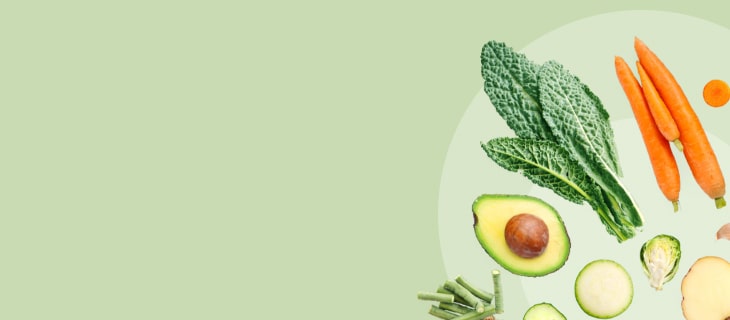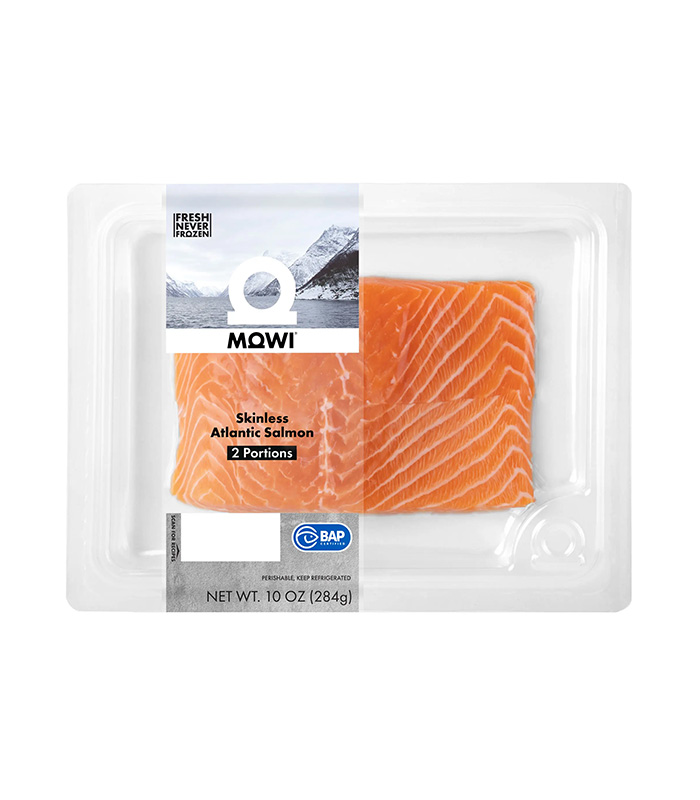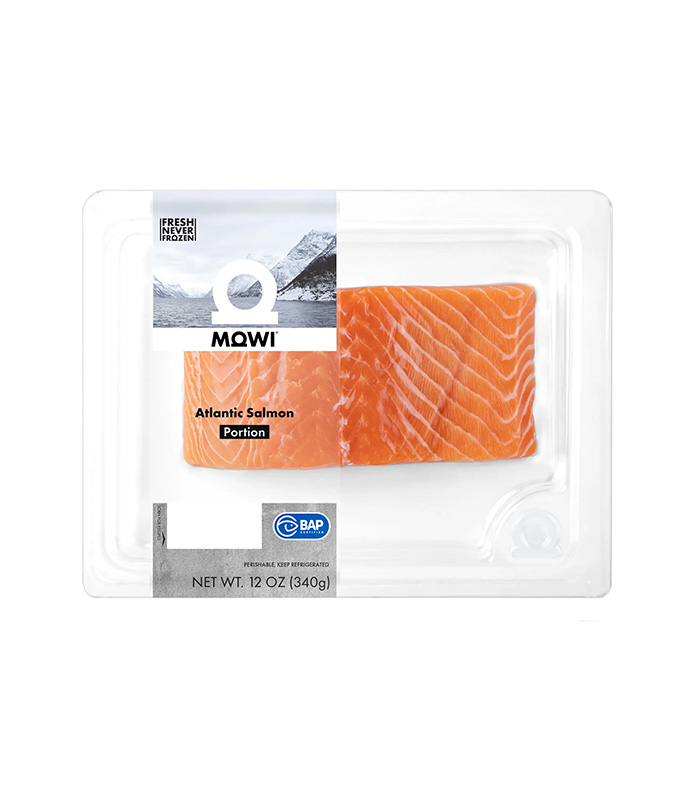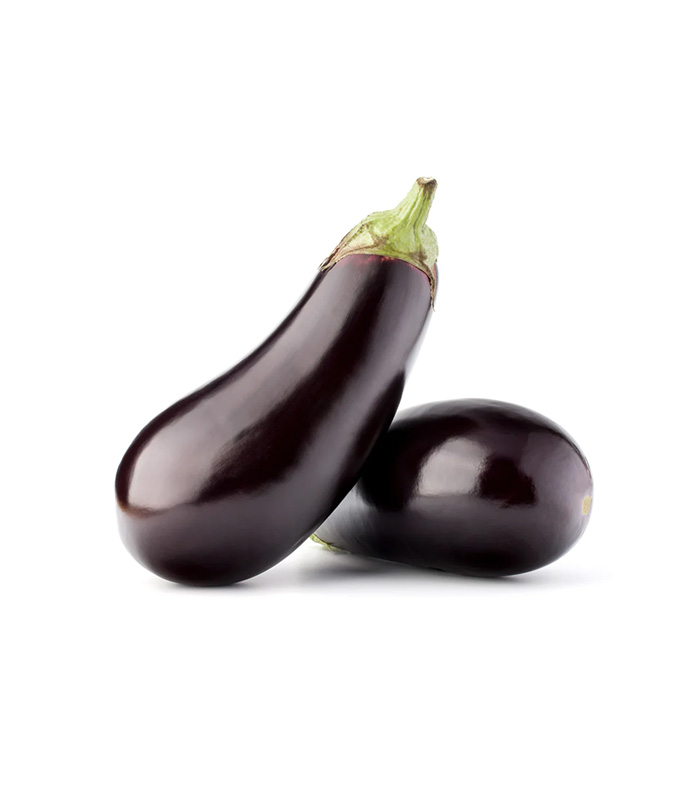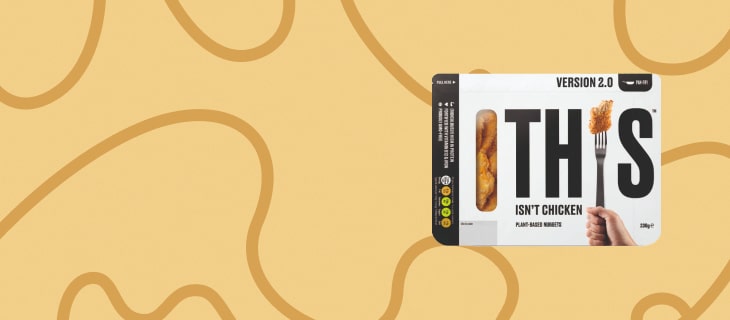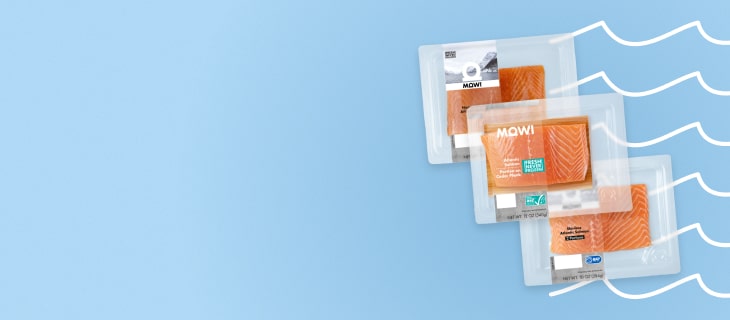Key Strategies for Sourcing, Harvesting, Preparation, Drying, Preservation, and Shelf-Lifting Herbs in Nairobi, Kenya
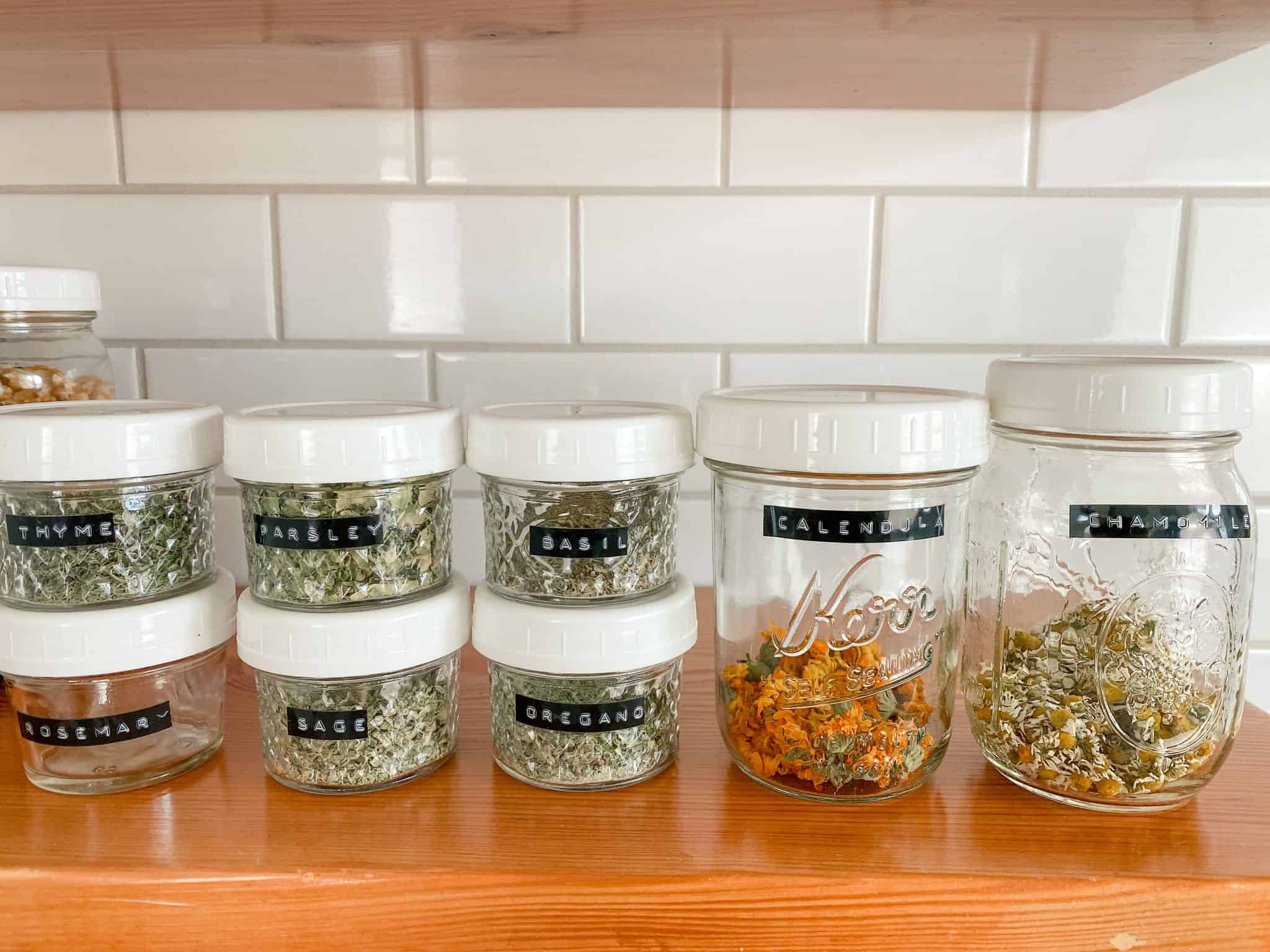
- Sourcing & Harvesting
- Local Sourcing: Prioritize locally grown herbs to ensure freshness and reduce post-harvest delays. Partner with local farmers or wildcrafters familiar with sustainable practices.
- Optimal Harvest Timing: Harvest herbs at peak potency (e.g., leaves before flowering, roots in dormancy). Use clean, sharp tools to avoid contamination.
- Ethical Wildcrafting: Follow guidelines for sustainable harvesting (e.g., avoid overharvesting roots/tubers, leave 30% of wild populations intact).
- Preparation & Drying
- Rapid Processing: Clean herbs immediately after harvest to remove dirt and pests. Separate plant parts (leaves, flowers, roots) for specialized drying.
- Drying Techniques:
- Solar Drying: Use shaded, ventilated solar dryers to protect from dust and UV damage. Ideal for Nairobi’s sunny climate.
- Dehumidifiers: In high humidity, use low-heat dehydrators (≤40°C) to preserve volatile oils.
- Air Drying: Hang herbs in small bunches in dry, dark spaces with airflow (e.g., attics, sheds).
- Moisture Control: Ensure herbs are crisp-dry before storage. Use moisture meters or the “snap test” for stems.
- Storage & Preservation
- Airtight Containers: Store dried herbs in UV-protected glass jars, food-grade PET containers, or thick Kraft paper bags. Include silica gel packs to combat humidity.
- Cool, Dark Storage: Use pantries, root cellars, or climate-controlled rooms (≤25°C). Avoid plastic containers for oily herbs (risk of leaching).
- Natural Preservatives:
- Essential Oils: Use locally available antimicrobial oils (e.g., neem, eucalyptus, rosemary) at 1–2% concentration in balms/oils.
- Alcohol/Sugar: For tinctures/syrups, use >25% alcohol or ≥65% sugar content to inhibit microbial growth.
- Antioxidants: Add vitamin E oil (0.1–0.5%) to oils/balms to delay rancidity.
- Shelf Life Extension
- Labeling & FIFO: Clearly label harvest/preparation dates. Implement “First In, First Out” inventory rotation.
- Climate Adaptations:
- Humidity: Use desiccants (e.g., rice, clay beads) in storage areas.
- Heat: Formulate balms with harder waxes (e.g., carnauba) to resist melting. Store infused oils in refrigerators.
- Local Packaging: Use recycled dark glass bottles or UV-stabilized PET. For rural markets, consider breathable banana-leaf wraps (traditional, biodegradable).
- Shelf Life Guidelines (Nairobi Context)
- Fresh Herbs: 1–2 days (refrigerated in perforated containers).
- Dried Leaves/Flowers: 6–12 months (shorter than global estimates due to humidity).
- Roots/Barks: 12–18 months (slice thinly for faster drying).
- Infused Oils: 6–9 months (add rosemary CO2 extract to extend life).
- Balms: 2–3 months (use 1% tea tree + 1% lavender EO for preservation).
- Alcohol Tinctures: 2–3 years (40% ABV base).
- Consumer Education
- Transparency: Educate customers on shorter shelf lives due to tropical conditions. Include “best by” dates and storage tips on labels.
- DIY Workshops: Train communities in small-batch processing to reduce waste and ensure freshness.
- Innovation & Testing
- Stability Trials: Partner with local universities to test shelf life under Nairobi’s conditions (e.g., 30°C/70% RH simulations).
- Traditional Methods: Research indigenous preservation techniques (e.g., ash coating, fermentation) for integration.
- Market Adaptation
- Affordable Packaging: Source reusable containers from local artisans (e.g., woven baskets lined with beeswax cloth).
- Herbal Blends: Create pre-mixed tea sachets or powdered spices for faster turnover.
By integrating these strategies, herbal producers in Nairobi can maximize product quality, safety, and sustainability while adapting to local environmental challenges.
